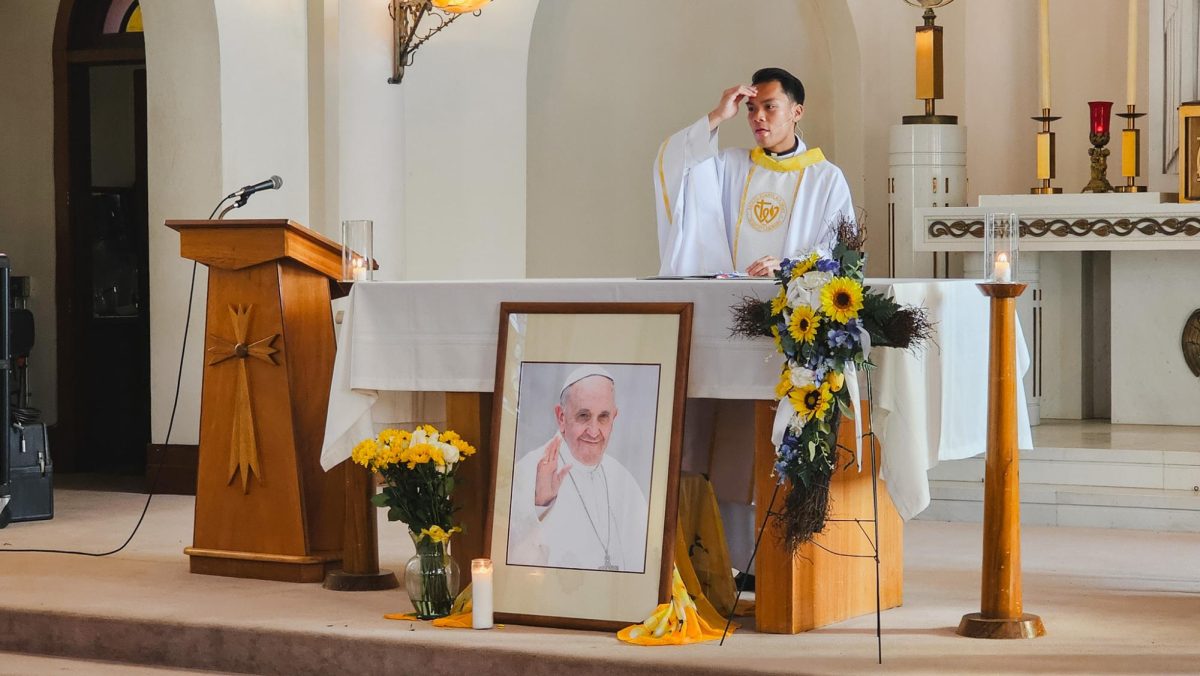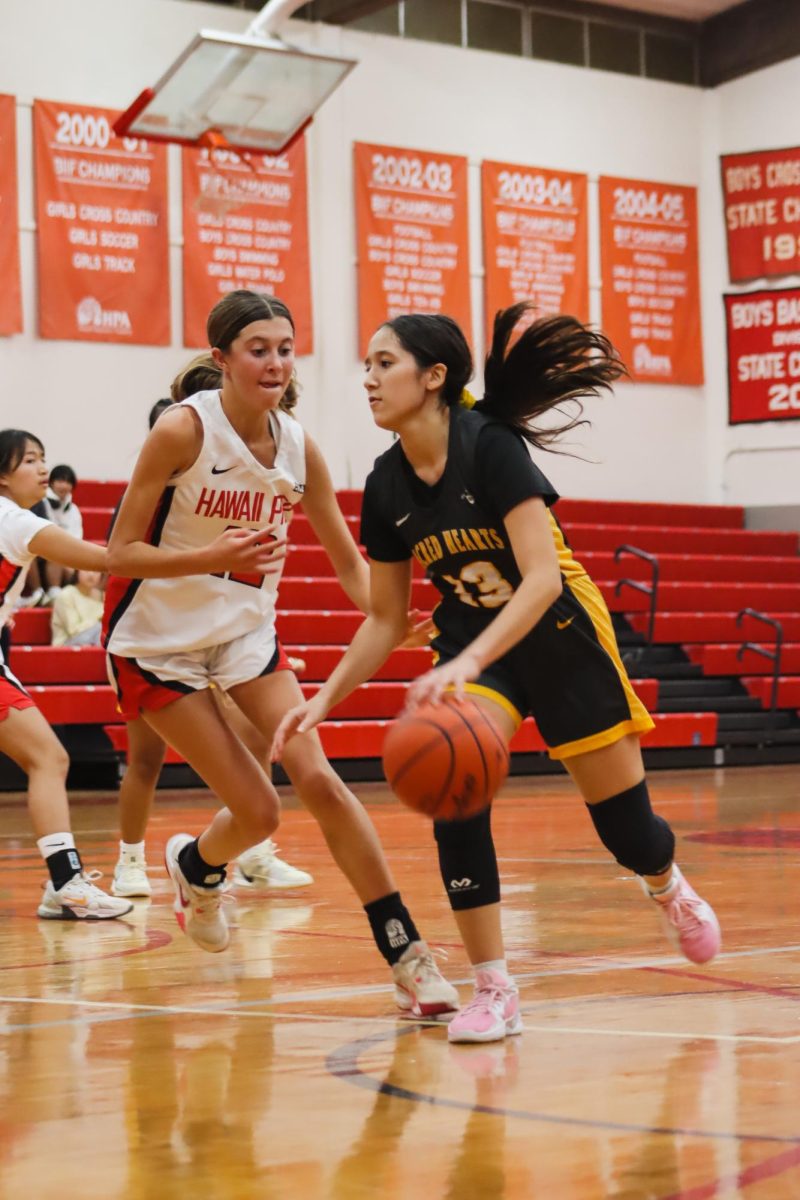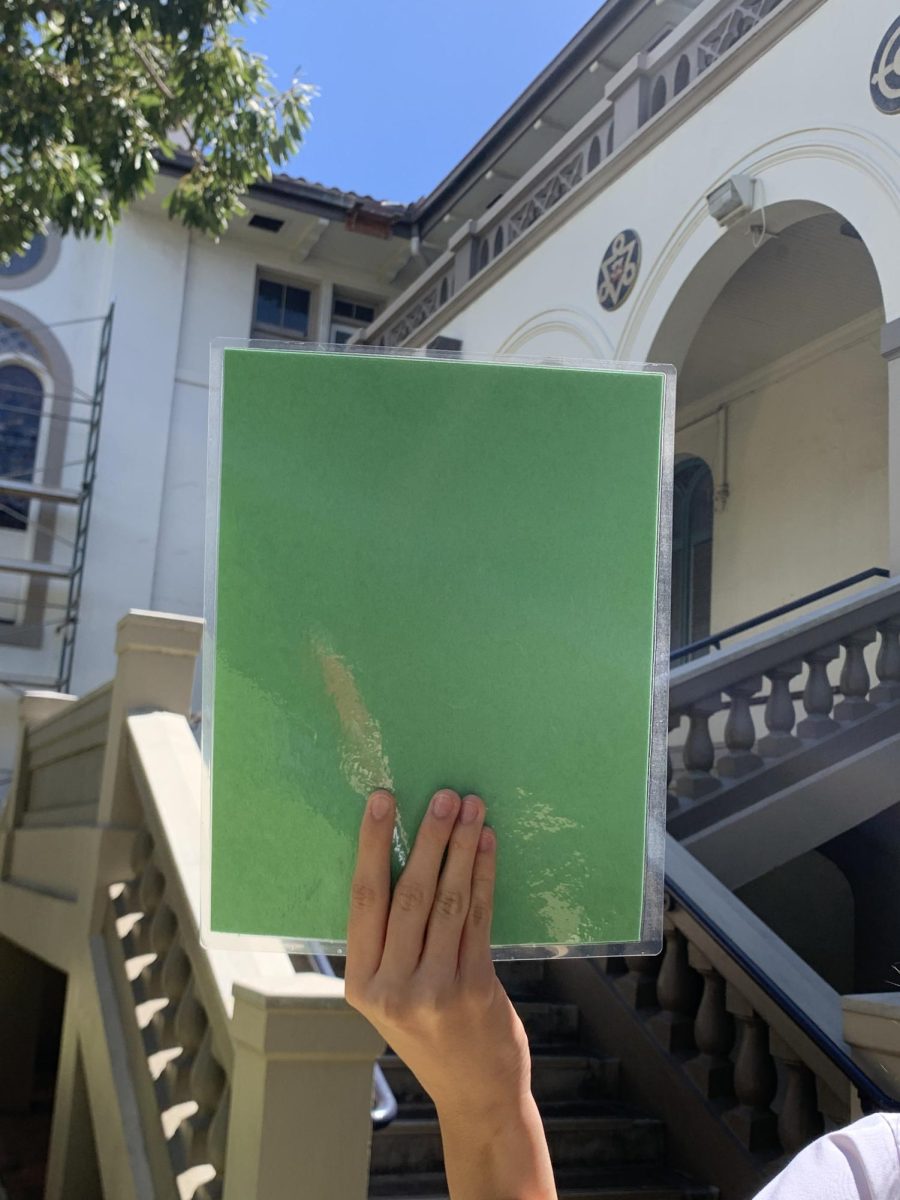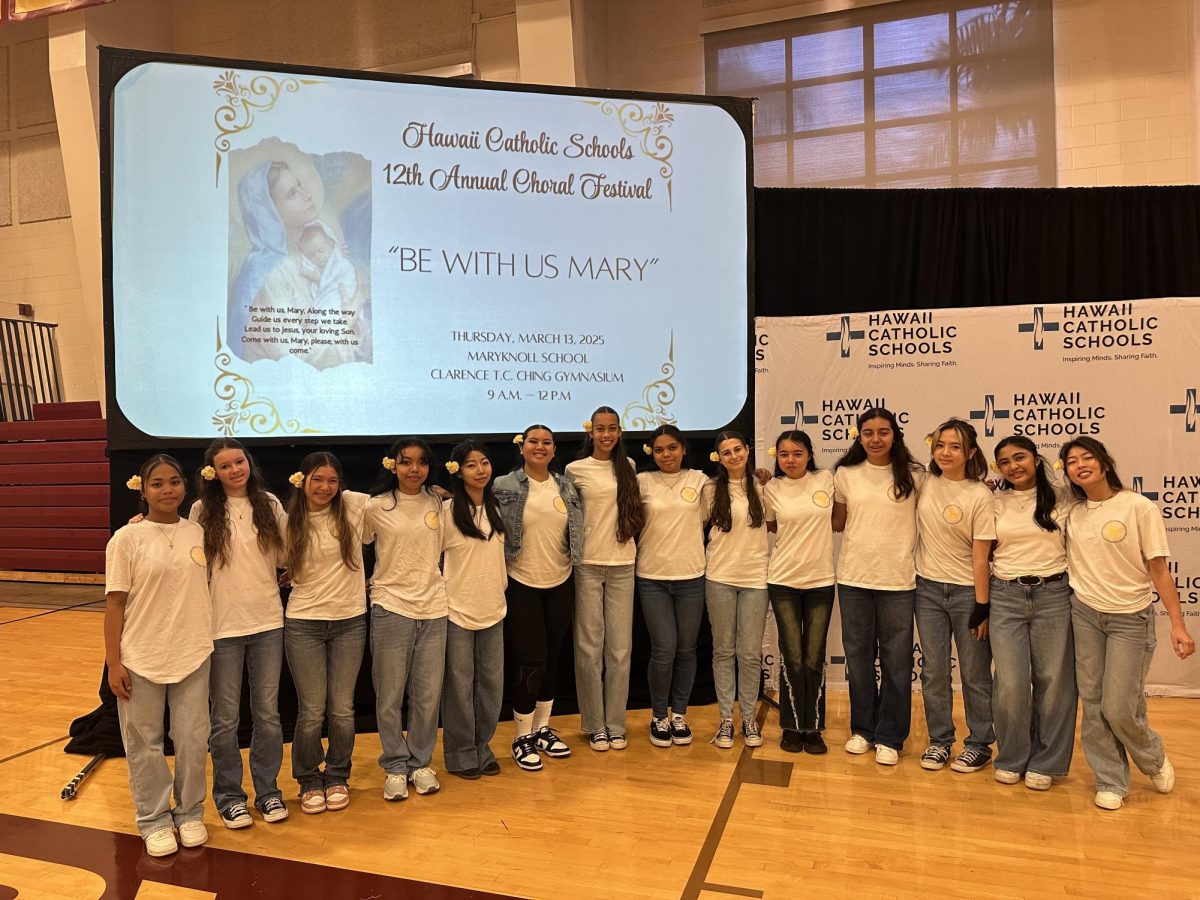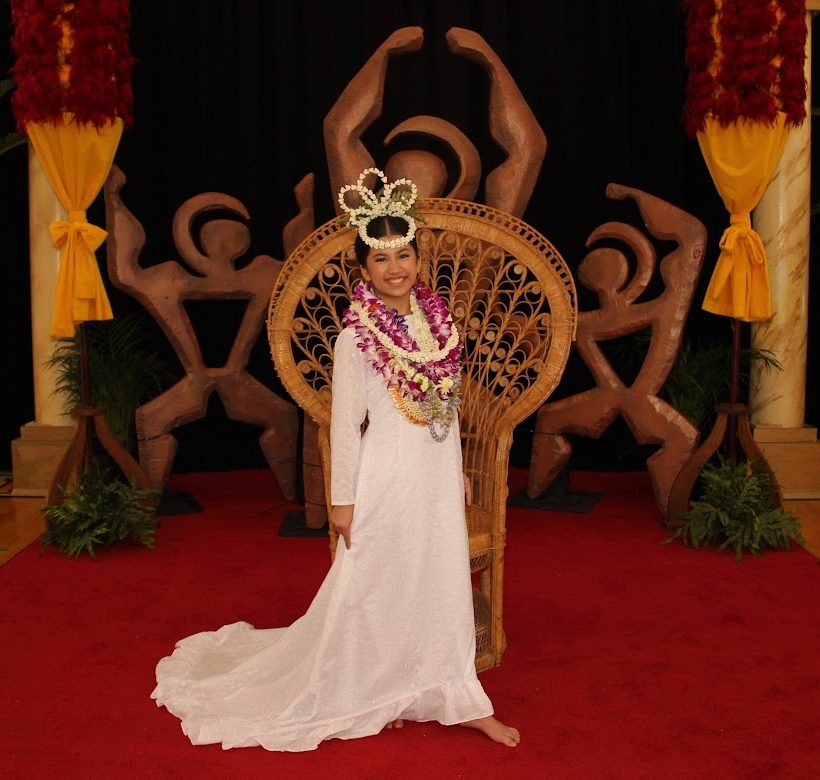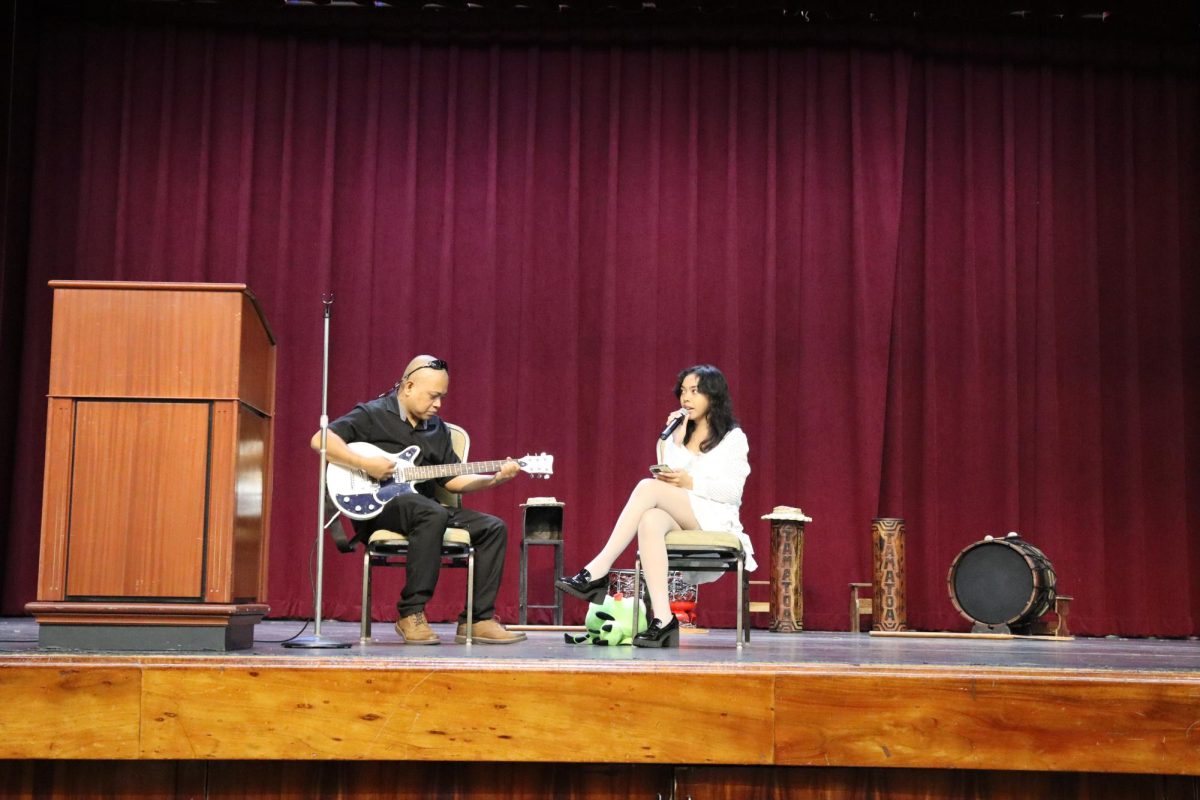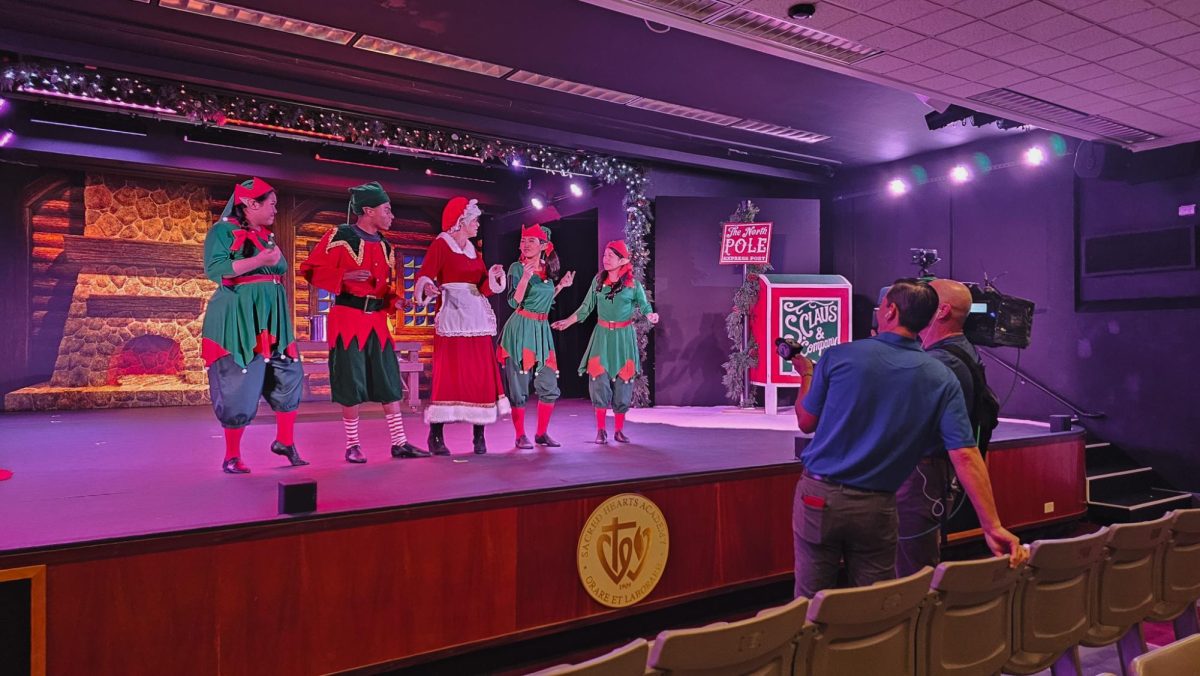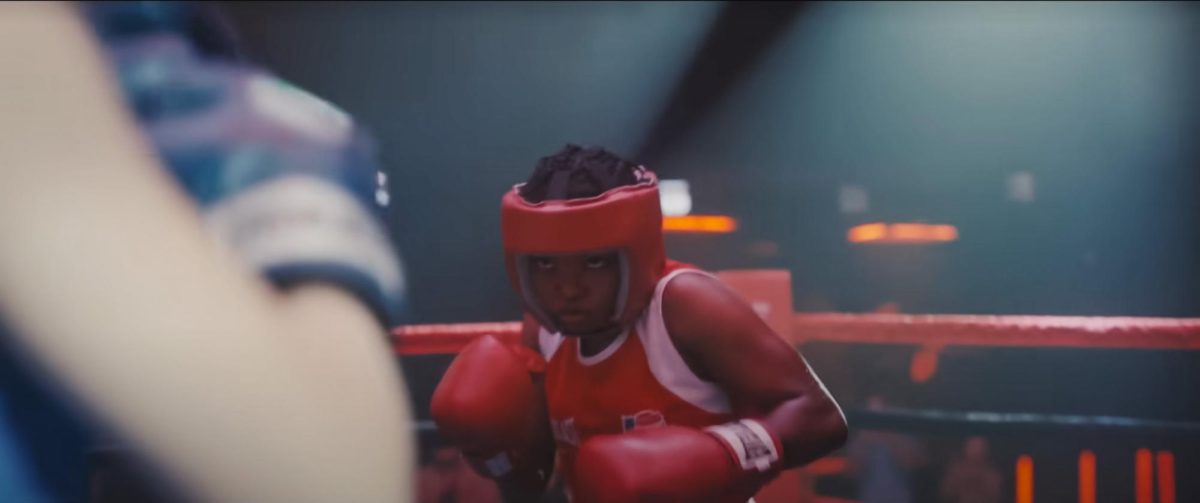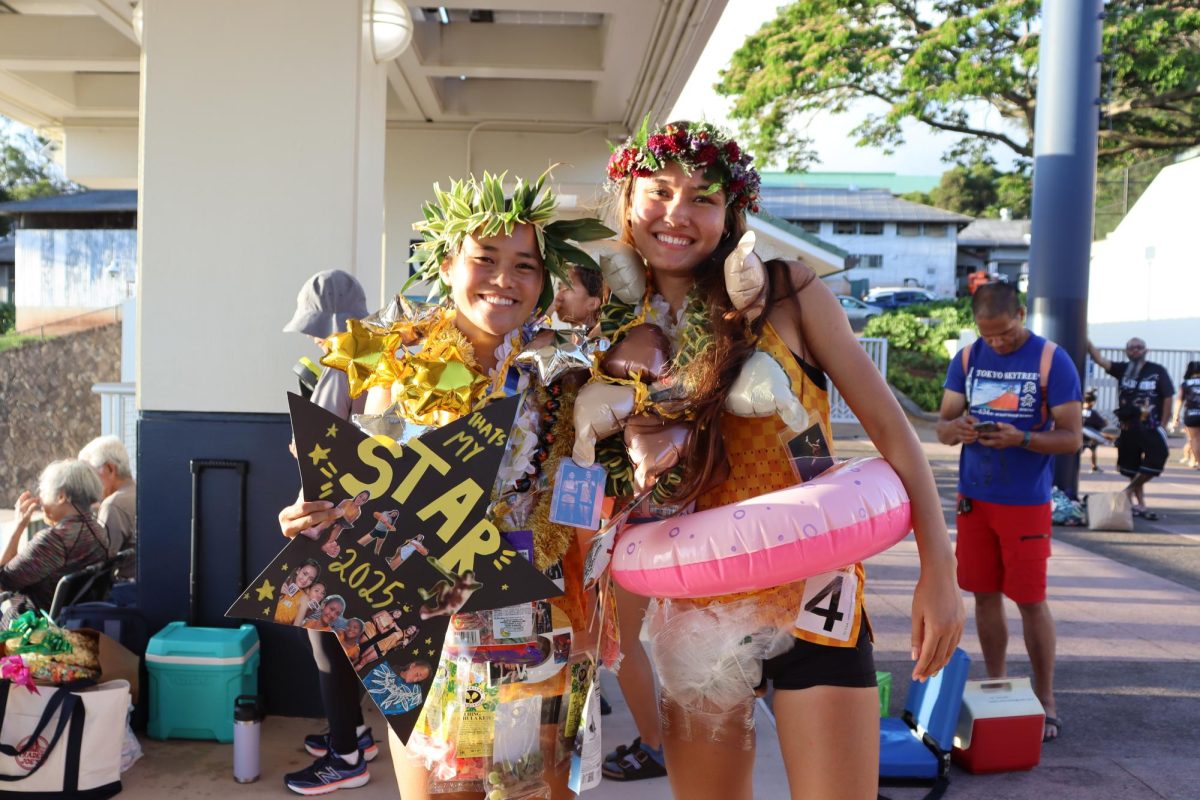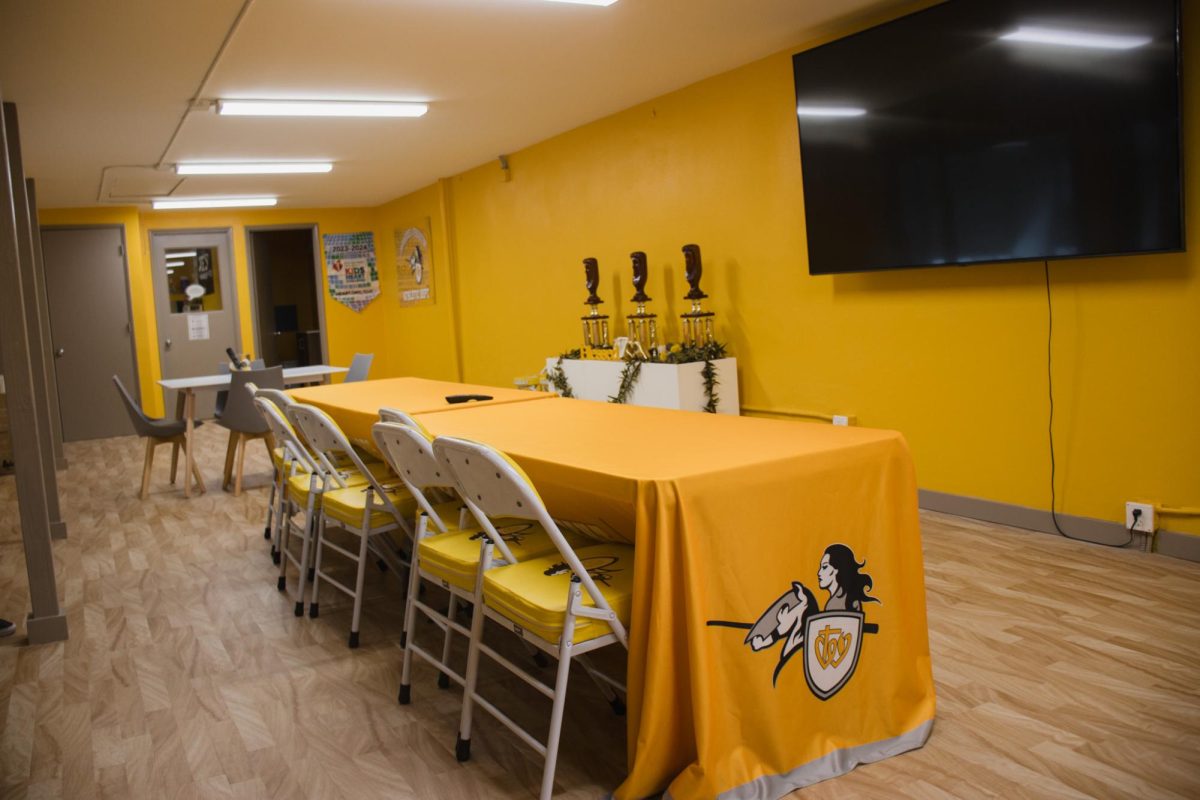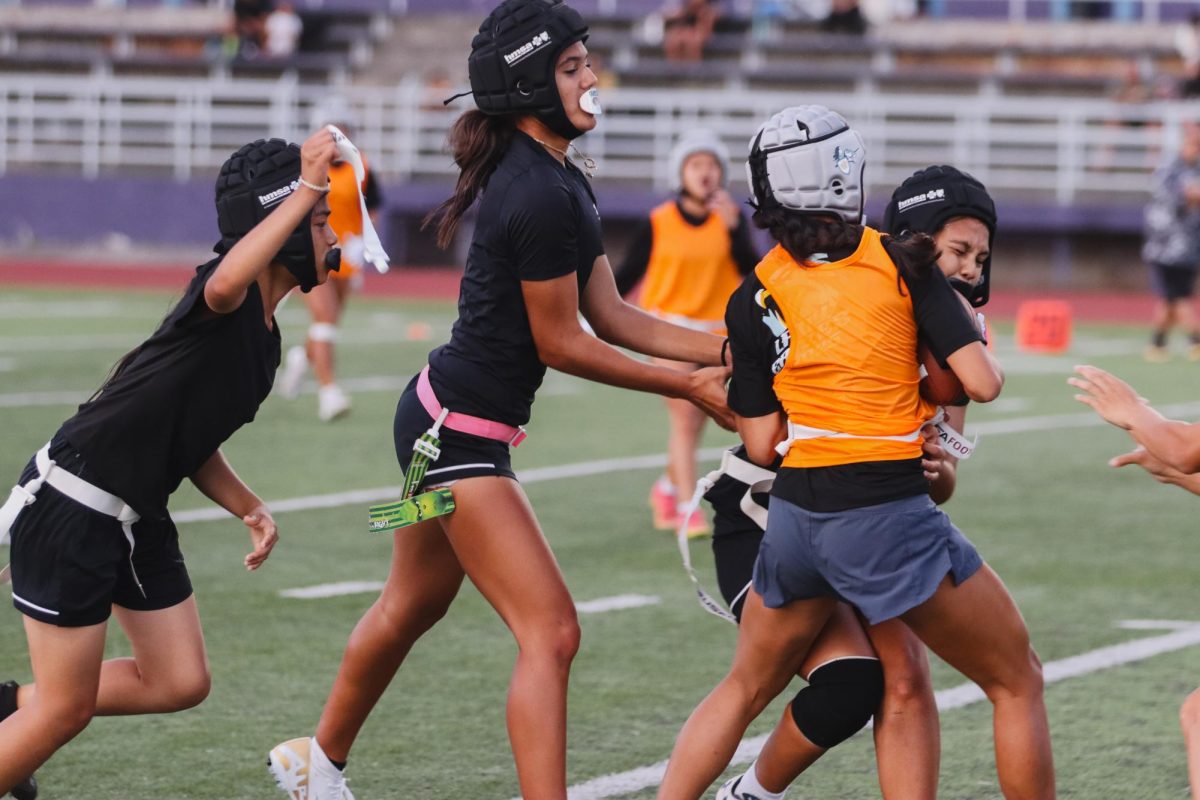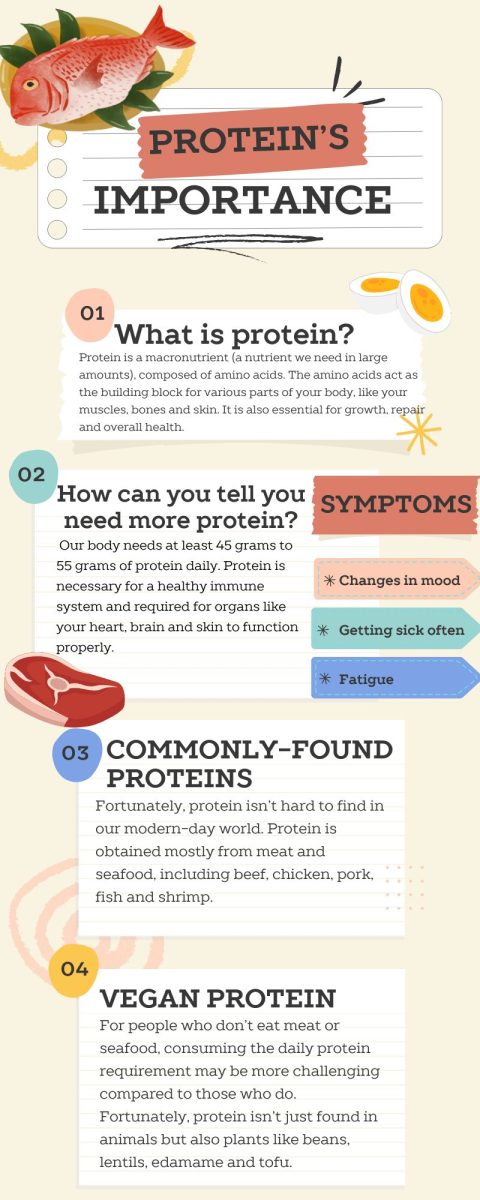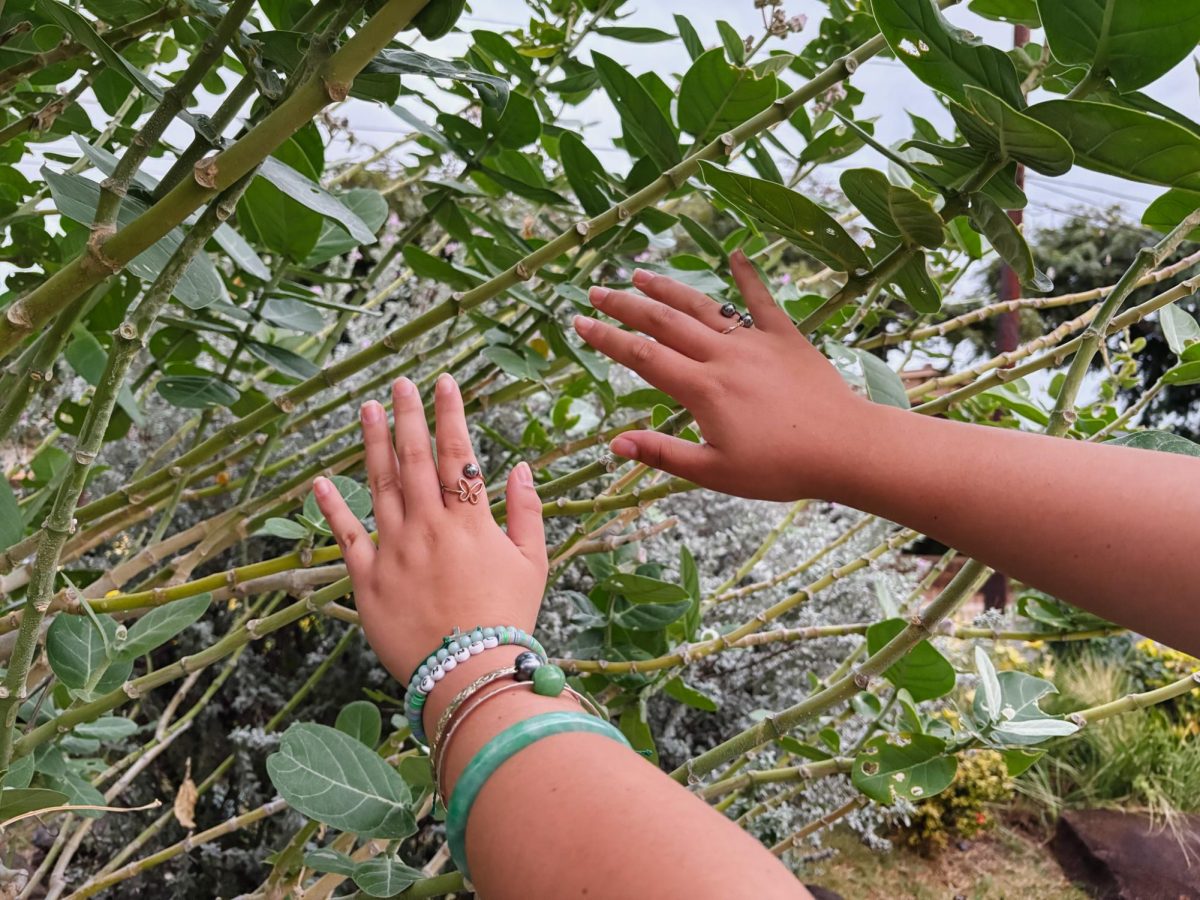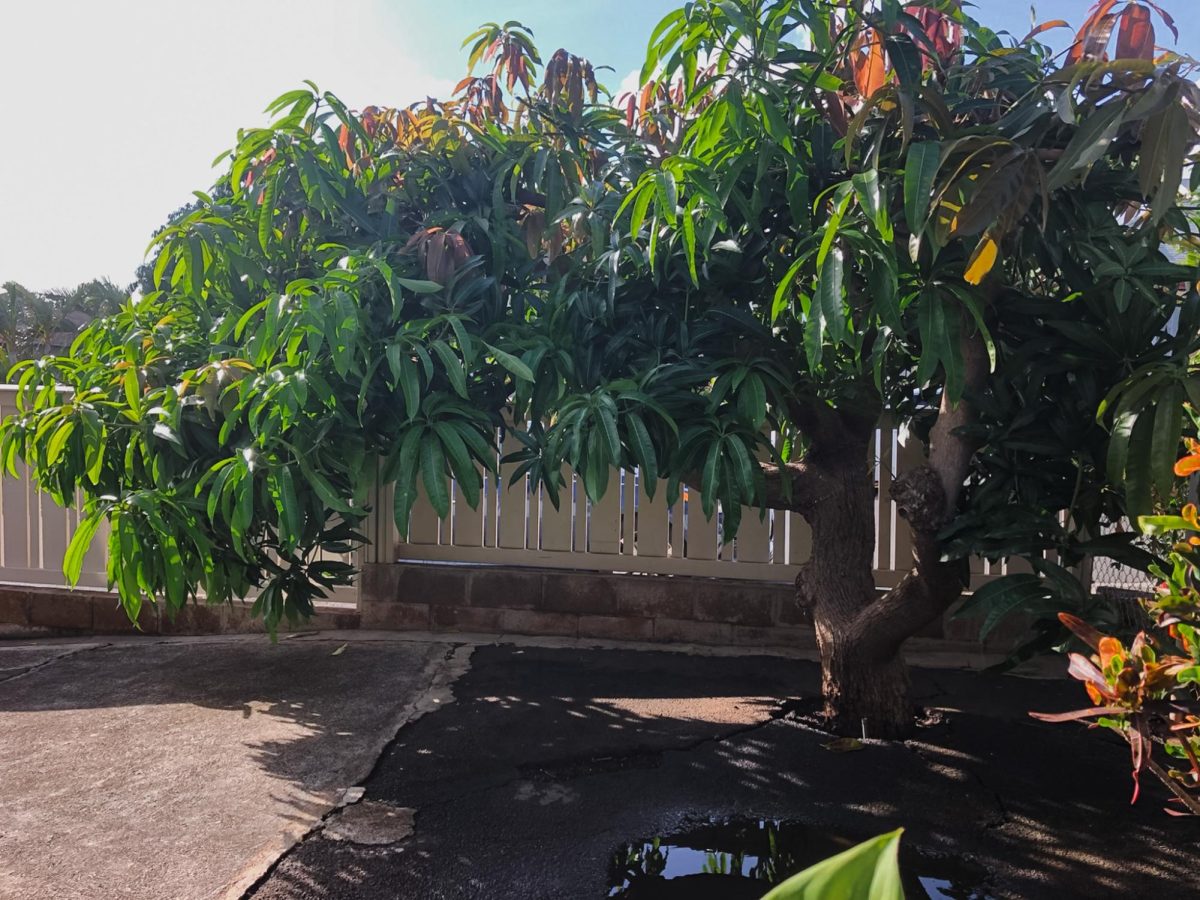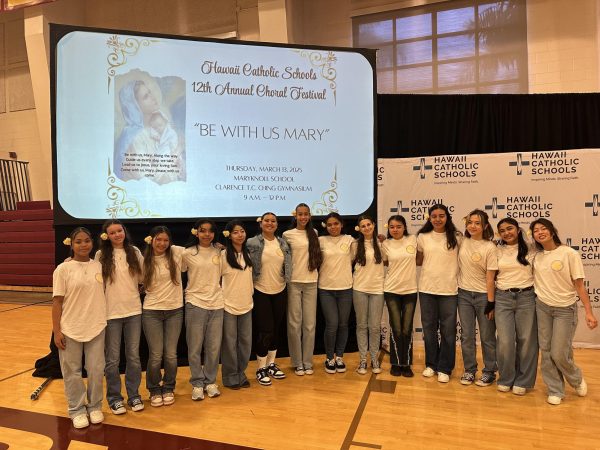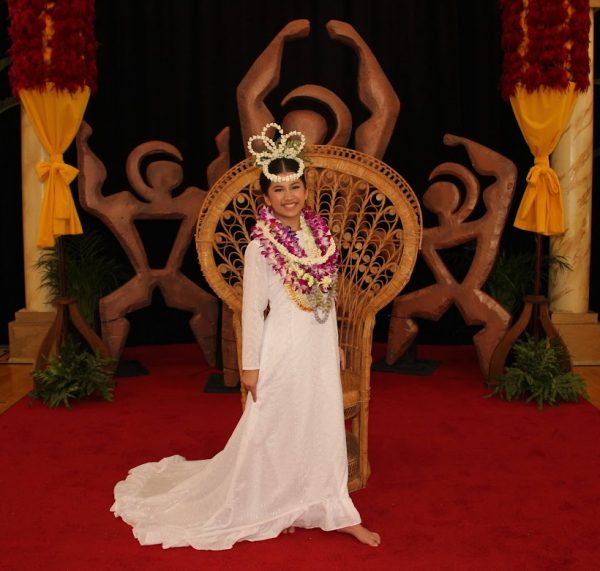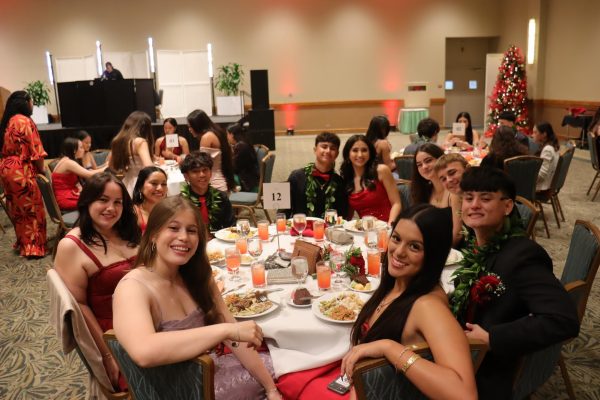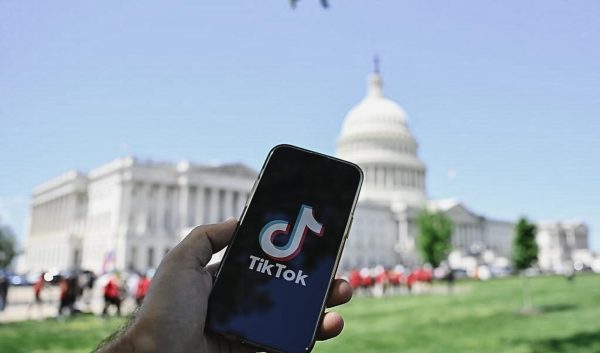The importance of student activism
“Who’s got the power?”
“We do!”
These are some examples of chants that could be heard at the March 14 walkout at the University of Hawaii at Manoa. Students left their classes at 10:00 a.m. to advocate for better gun control. Over 800 similiar walkouts occured in schools throughout the country. These walkouts were a response to the shooting at Marjory Stoneman Douglas High School in Parkland, Florida on Feb. 14.
March 14th’s walkout was the first event in a string of rallies, marches, and protests that are being coordinated by students as a part of the #Enough movement to end gun violence. On March 24 hundreds of students from across the country participated in March For Our Lives marches. Students from all grade levels were able to help at these events and support the #Enough movement.
“I think it is really important for students to get involved,” Chloe Smith, an English teacher at Sacred Hearts Academy, said. “Apathy tends to be a thing we see in Hawaii more so than other places and having students get involved in anything that they are passionate takes away that apathy.
Over 5,000 people attended the March For Our Lives event at the Hawaii State Capital, the vast majority being students between the ages of 6 and 28. Many students had the opportunity to lead call and response chants during the march and some addressed the crowd with rallying speeches after the march was over.
These recent protests have inspired discussions across the country about the role of student activism in today’s society. While some adults believe that students may not be aware of the consequences of their actions many are hopeful about what this new generation of activists will accomplish.
“I think that it is really important for students to figure out that they have a voice, and that they can make their voices heard,” Smith said.
In just the past few weeks student activists have been able to accomplish incredible feats. Not only have students come together for the National Walkout on March 14 and the March For Our Lives on March 24, they have also been featured in countless news shows, met with the president and inspired legislative change.
This is not the first time that students have gotten involved in making legislative and social change occur. Student activists have a history of being key fighters in movements throughout the ages. The Greensboro sit-ins in 1960 involved four African American teenagers sitting at the lunch counters at Woolworths, a department chain store known for segregation. These sit-ins would eventually lead to the formation of the Student Nonviolent Coordinating Committee, which became a major group in the Civil Rights Movement.
“I look back on my high school self and I feel sad that I wasn’t more involved in anything,” Smith said while thinking back to her own high school experiences. “Whether that be political issues or sports or music or clubs on campus- I was a pretty apathetic student.”
The #Enough movement is not the most recent example of student activism. The Black Lives Matter movement has also been largely fueled by student protesters and activists. It is important to note that both of these movements are centered around the end of violence, a sentiment reminiscent of previous generations of student activists.
“I would encourage students to become involved with anything that they feel passionate about. And be authentic to the things that they love and that they see value in because that’s going to make your passion and activism more profound,” Smith said.
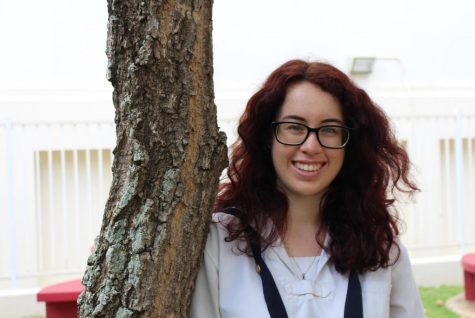
Taylor McKenzie is currently a senior and a second-year Journalism student. She is the Vice President of Student Council, President of PAAC Club, member...

